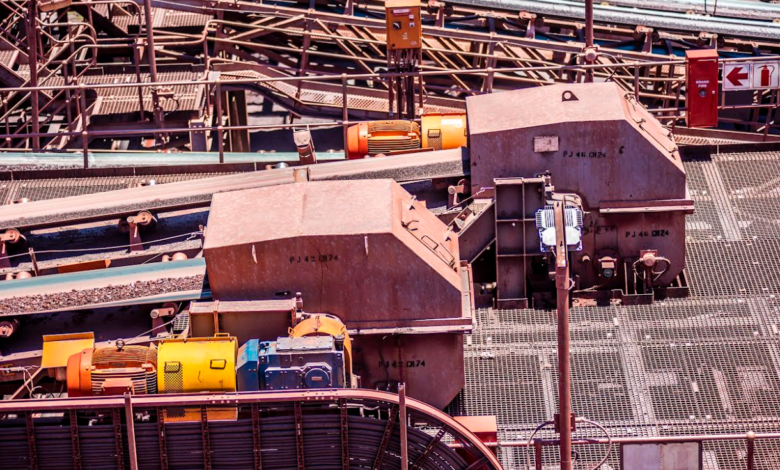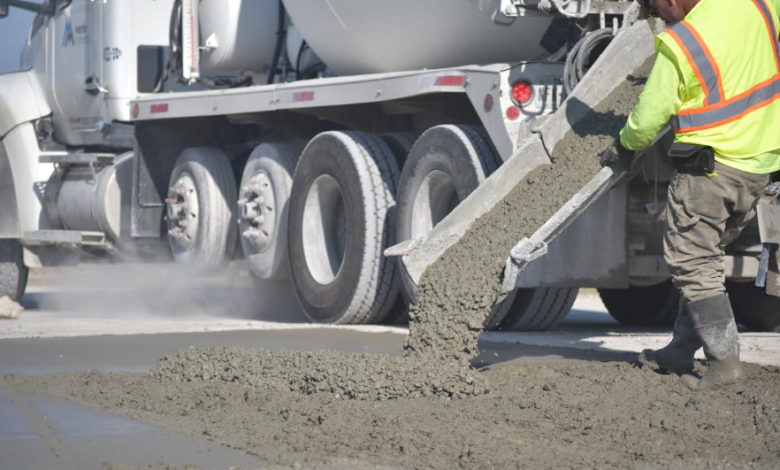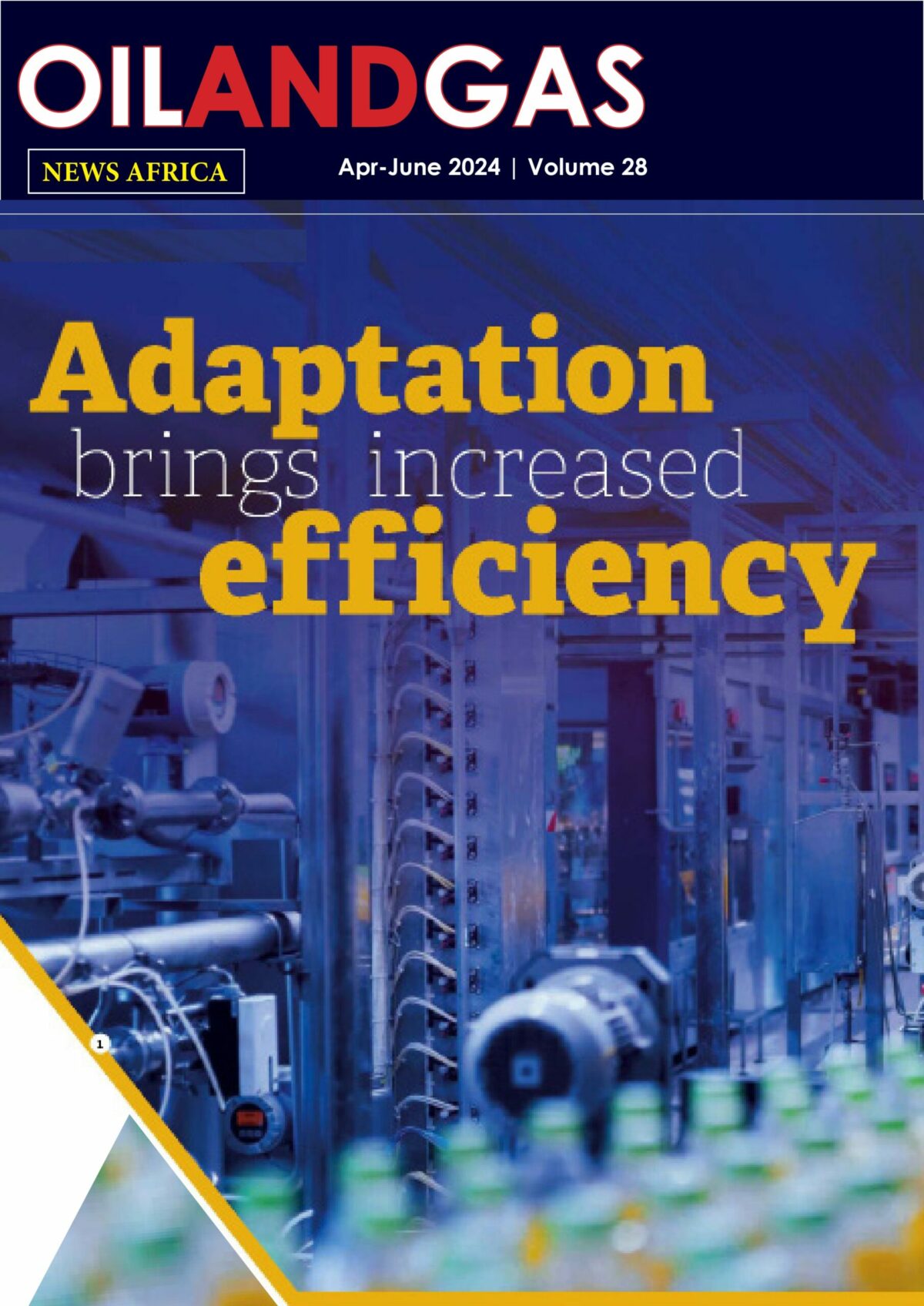* We respectfully request that WearCheck is acknowledged as the source of the info, if the following content is published. A link to www.wearcheck.co.za will suffice. Thank you in advance!
** wordcount provided after each Lube Tip is excluding each heading.
*** Where a Lube Tip has an associated graphic, it is included below the tip. High-res versions of these images are attached separately.
Contact details:
___________________________________________________
- Lube tip: hydraulic system
Low oil level is a serious cause of contamination in the hydraulic system. When the oil level is low, more air gets into the tank, and this often leads to destructive cavitation in the pump and to condensation on the tank walls, which generates sludge. Sludge decreases the lubricity of the oil, producing scoring and friction on surfaces with close tolerances. Visit www.wearcheck.co.za for more condition monitoring information.
[68 words]
- Lube tip: analysing an oil filter – three options
Q: ‘When analysing the debris found in an oil filter, is there a standard or generally accepted method for conducting the analysis?’
A: Used oil filters provide lots of clues about the oil condition. Inspecting a dissected filter reveals information about the filter itself – looking for collapsed media, bad seals or weak points that developed during use. The debris remaining in the used filter also indicates important facts about the machine’s health.
Here, we discuss three different options for analysing this filter debris. The first method is quick, easy and free, and can be conducted on site. The next two involve the use of laboratory instruments. You can choose which debris/ filter examination method you need depending on how much detail you require.
Canister filters
For a canister style filter, a cost-effective, easy technique is to simply cut the filter in half, and remove the media. Then, conduct a visual inspection of the media, for sludge, varnish or shiny particles. An additional step at this point would be to use a magnet – this is a good way to determine whether any of the shiny particles are metallic.
For a more scientific version of this method, the media can be extracted from the filter following the above technique, and then submitting it to a reliable laboratory, where it will be analysed by trained technicians. Several methods are used in the laboratories, including separating the debris from the filter media using ultrasonic agitation
Once the debris is separated, the size of the contaminants is assessed, counted and categorised, and many additional condition monitoring tests can be conducted to determine the machine’s health.
Thirdly, a different option is not to remove the filter media, but rather to drill a hold into the filter canister to extract the oil. This is then collected in a sample bottle, and visually inspected with a laser beam for particulate matter.
When inspecting with a laser, safety is of paramount importance.
Similarly to method one, a magnet can be employed to show whether any of the particles are metallic. Again, the sample can be submitted to a laboratory for more detailed, scientific testing.
ASTM D919-14 is the standard guide for filter debris analysis using manual or automated processes. This standard can be reviewed for a more detailed, step-by-step process. Visit www.wearcheck.co.za for more condition monitoring information.
[388 words]
- Lube tip: watch out for road dust
Sources of solid contaminants in crankcase oils might include dirt and airborne dust, engine wear debris, rust, fuel soot and manufacturing or rebuild debris.
Road dust particles are typically harder than metallic wear particles and can cause far more abrasive damage and contact fatigue to interior machine surfaces than most other contaminants. Visit www.wearcheck.co.za for more condition monitoring information.
[59 words]
- Lube tip: beware of blue engine smoke
Black diesel engine exhaust smoke can be a concern, as can white smoke. However, blue smoke is the worst. It is rarely a transient condition but rather a serious engine defect. It occurs when the engine is burning too much oil due to poor piston ring control (collapsed or worn rings), worn intake valve guides or other causes of high oil ingress into the combustion chamber. Blue smoke usually means the engine is heading for serious trouble. Don’t delay in getting the problem diagnosed and fixed to avoid excessive collateral damage. Visit www.wearcheck.co.za for more condition monitoring information.
[98 words]
- LUBE TIP: synthetic oils – what are the advantages?
Synthetic oils have many notable advantages, which are most distinct when used at extremely high or low temperatures. Among the benefits are good oxidation stability, and a higher viscosity index. Additionally, a lower coefficient of friction in some synthetic oils facilitates their use at higher operating temperatures.
Furthermore, the lower pour points, coupled with a higher viscosity index, enable operation at lower temperatures. Visit www.wearcheck.co.za for more condition monitoring information.
[70 words]





